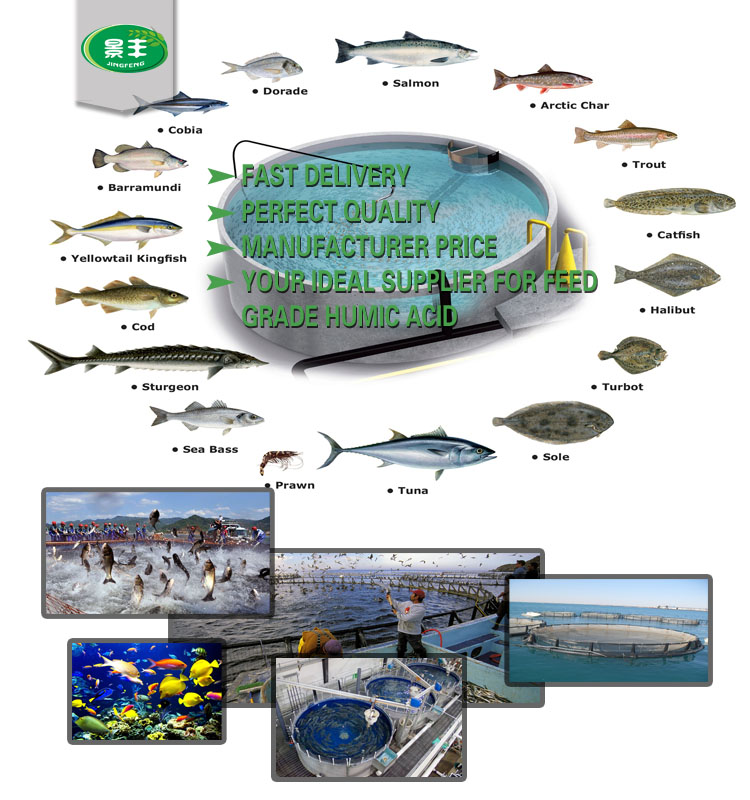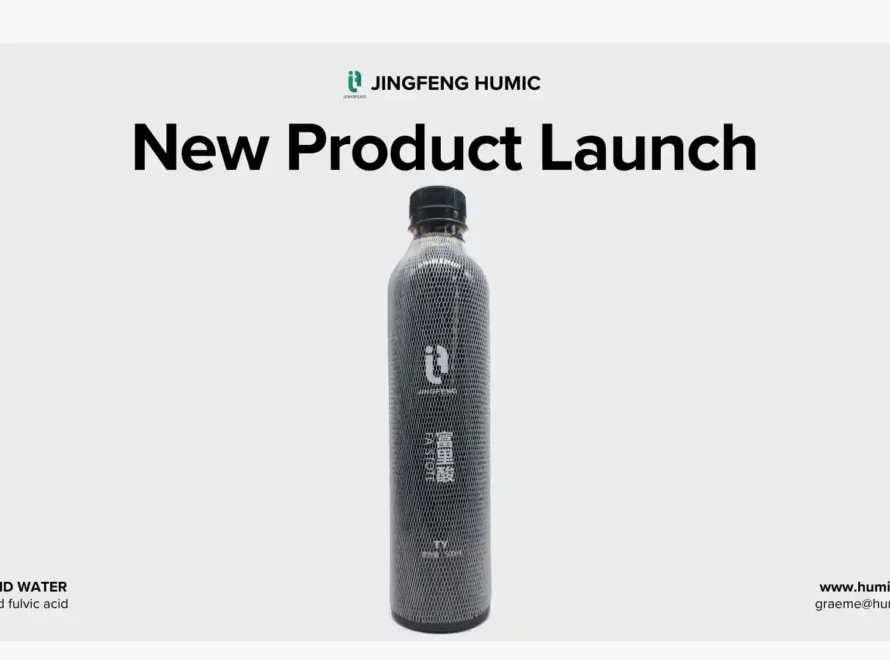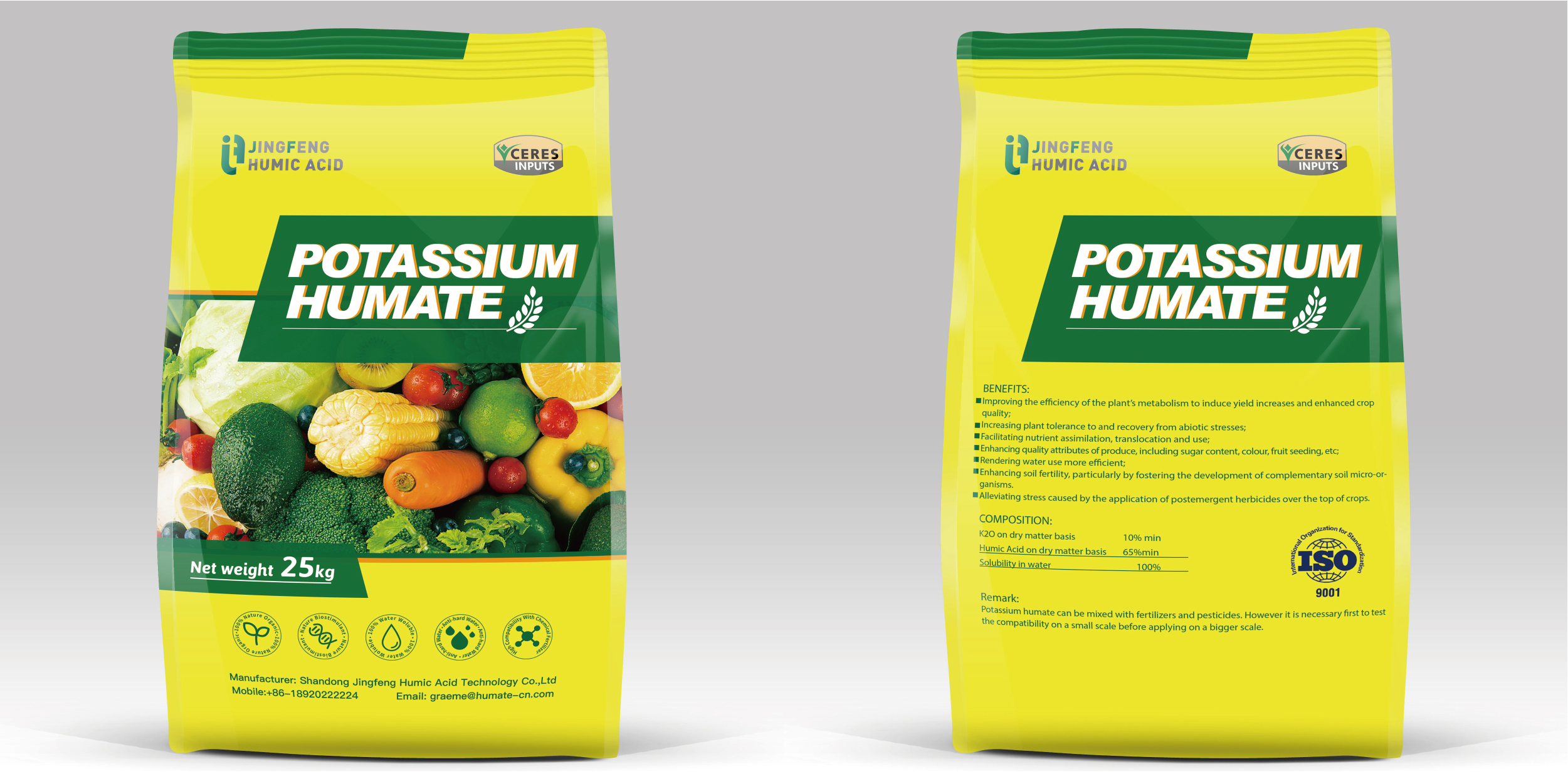The use of sodium humate for aquatic products is not particularly widespread according to some current applications. But there are many platforms and seminars to discuss sodium humate, because there are many functions deserve to be developed and used, just the technology is not particularly mature. If we want to understand the application of a substance, we must first understand its properties, which include its physical and chemical properties. So let’s analyze it as following.
1. Classification of sodium humate
At present, there are powder, flake, granular, crystal, and they are also slightly different in color, precipitation rate, and the touch of residue.
2. Selection of sodium humate
1) The color: generally when we choose the product color, the darker the better. If we can not see the depth of the color, we can put the product into the water to dilute. Generally, when the product concentration is high, the liquid is black when dissolved in water.
2) Dissolution rate: for dissolution rate, select products with high dissolution rate. the powder-like dissolution rate is certainly faster because the water area in contact with the powder is relatively large.
3) Touch: After dissolving, we should touch the bottom of the cup with our hands, feels it greasy or not. If feels prickly, and relatively rough, then the quality of the product is not qualified.

3. Application of Sodium Humate for Aquatic Products
Based on current research data, some of the applications we know are basically as follows,
1) Effects of nutrious water
Some aquaculture pond water is very thinnot nutrious, and easy to grow moss. based on its chemical composition, we speculate that it has the function of supplementing nitrogen sources. The role of nutrious water is some publicity of some companies, whether there is such a role to be studied.
2) Water purification
It can purify the water to some extent, adding some such substances to the pond, which can make the very muddy pond clear, which mainly uses its adsorption and precipitation.
Sodium humate also includes protection of aquatic plants, integration of some heavy metal ions, inhibition of certain bacteria, and antiviral effects, but the most commonly used is to improve the bottom.






